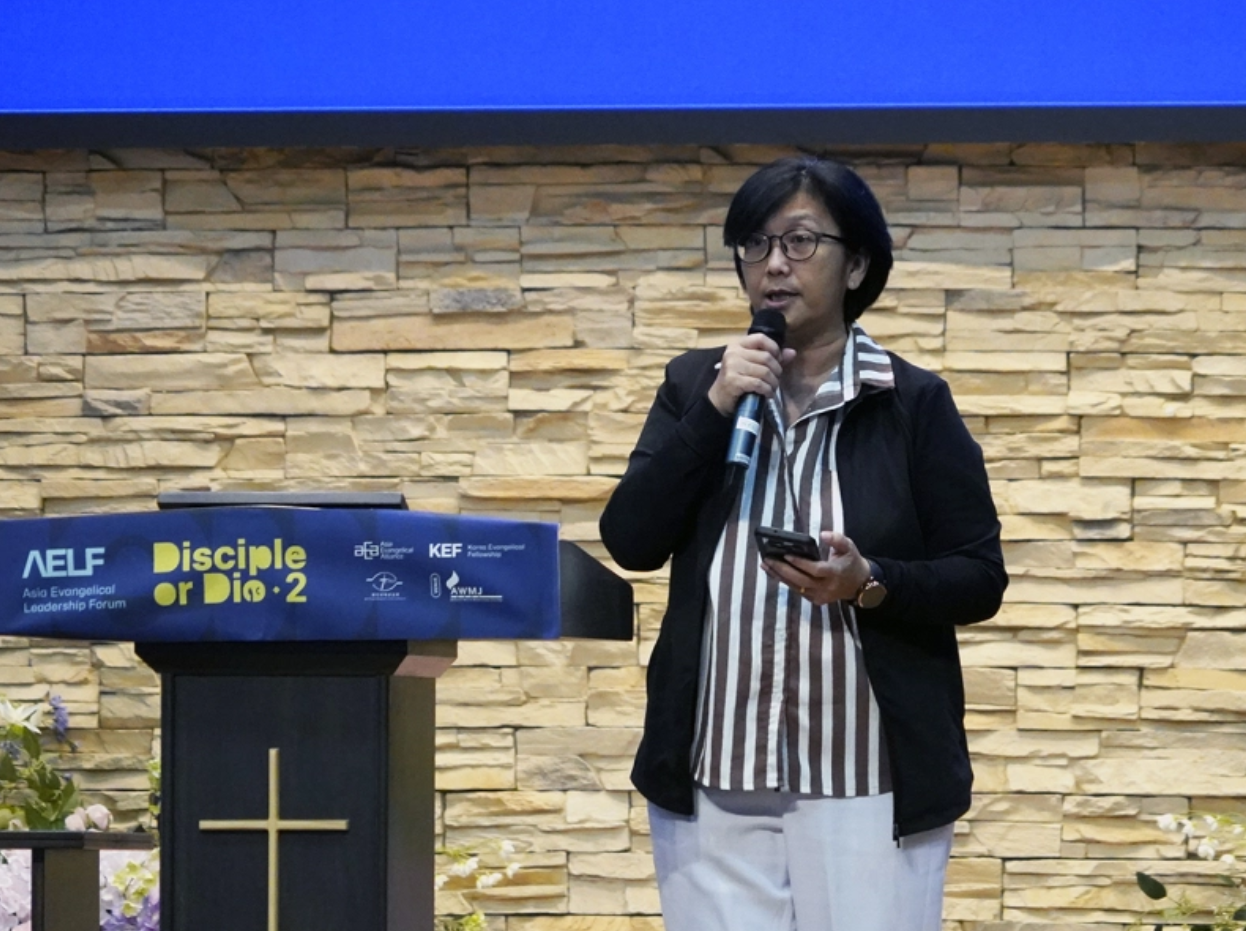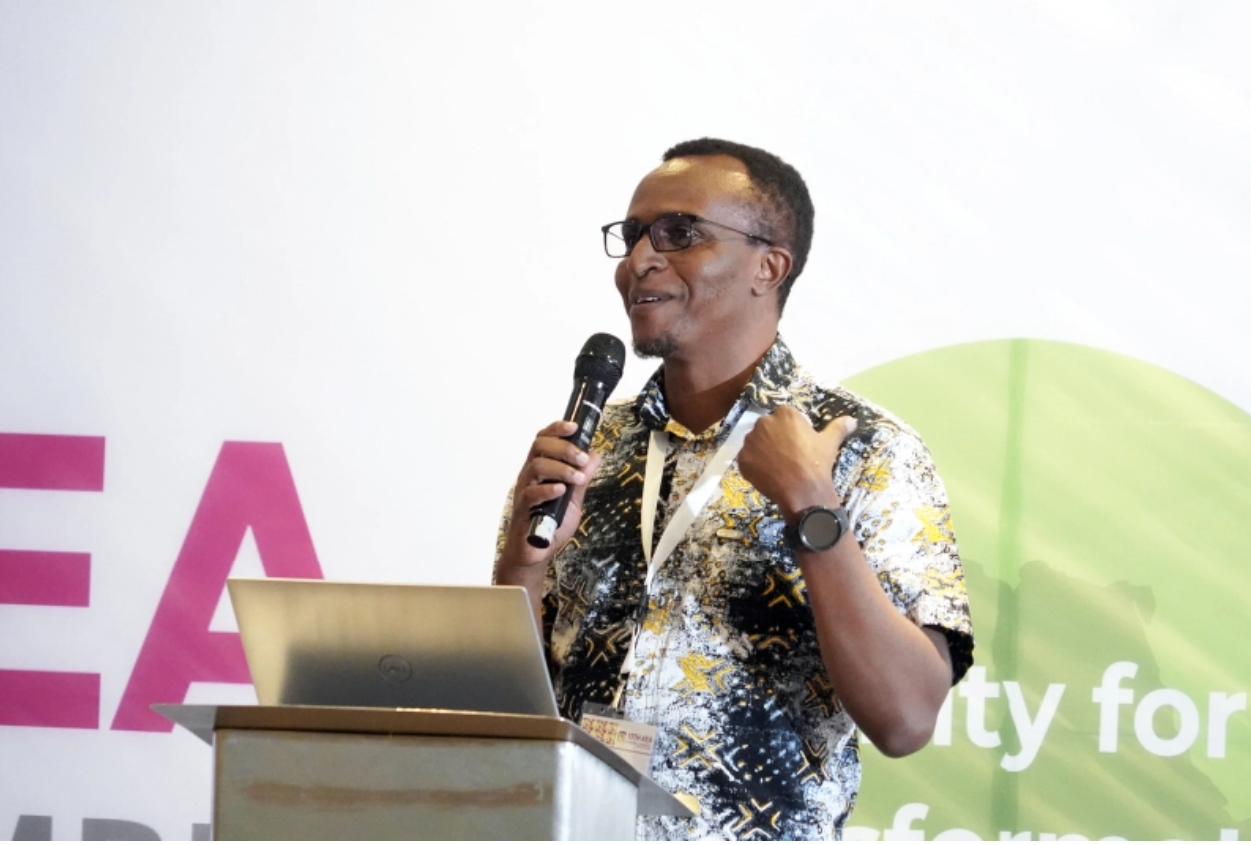When thinking about working with children and young people with additional needs and disabilities, churches typically find themselves at one of three waypoints on the journey; accessibility, inclusion, or belonging. But what do each of these waypoints look like, and how do churches move on from one waypoint to the next? Let’s go on the journey together, and as we reach each waypoint, we can explore what is happening there and how to continue on our journey.
Accessibility: This is the bare minimum that churches are legally required to provide under current legislation e.g. the Equality Act 2010. This legislation protects people from discrimination, including disability discrimination, and requires churches to live up to their anticipatory duty to make such reasonable adjustments as are possible so that church can be accessed by everyone. This access isn’t restricted to just ramps and loos, it includes a church website being accessible for a blind person, for example; it covers all areas of church activity.
But when a church meets these requirements, meaning that a child, young person, or indeed an adult, with additional needs or disability, can access what is going on, they can still feel like an outsider, a guest, being helped under sufferance. We must move on to the next waypoint on our journey to see any signs of improvement there.
Inclusion: Here we have improved on accessibility; churches that are inclusive actively go above and beyond the bare minimum of the Equality Act and ensure that everyone who comes is fully equipped to take part in everything that is happening. Inclusion means that children and young people (and/or their families), and adults, are asked what barriers exist that make church hard for them, and then action is taken to reduce or remove these barriers. Inclusion is about the church taking positive action, not expecting a child, young person, or adult, to ‘fit in’.
However, children, young people, or adults, with additional needs or disabilities, can still feel like they are ‘outsiders’, that they are being included but have very little influence, agency, or control over what happens in church. While provision is made for them when they are at church, they don’t feel missed if they are not there. We must continue on our journey to find a better waypoint.
Belonging: Here we find a place where children, young people, or indeed adults, with additional needs and disabilities thrive, along with everyone else. A place where they have an equal say in how church happens, where they can serve and lead and follow their calling and gifting, where they are missed for all the right reasons if they aren’t there. Belonging is being at ‘home’, a full and equal part of the ‘family’. Surely we all want that, don’t we?
When everyone is treated equally, as those made in God’s image (Gen 1.27a), then we can all give glory to God together (Ps 34.3). As Paul wrote to the Romans “Christ has accepted you. So, accept one another in order to bring praise to God.” (Rom 15.7) and to the Corinthians “There are different ways to serve. But they all come from the same Lord.” (1 Cor 12.5)
While the practical things like giving children, young people, or adults that need it, a suitable (maybe visual) session timetable well in advance, auditing our venues (with a disabled person or family) to identify and fix any barriers, providing help with sensory overload e.g. ear defenders, creating a sensory ‘safe space’ for those that need to access it if they are becoming overwhelmed, and reimagining our sessions and services so that they meet the needs and different learning styles of everyone, are all really important, those things will only really be transforming when our church culture is one where ‘belonging’ is vitally important to us.
When Jesus said “Let the little children come to me. Don’t keep them away. The kingdom of heaven belongs to people like them.” (Matt 19:14) he meant all of them. He didn’t go on to say “…except that child who runs around and makes a lot of noise, or that young person who can’t hear…” Jesus spent a large part of his ministry engaging with people with additional needs and disabilities, ministering to them, treating them with dignity and respect, and ensuring that they all belonged to his kingdom. So should we.
Let’s journey together,
Mark
See also:
Accessible? Inclusive? Belonging For All? What About You?
https://theadditionalneedsblogfather.com/2019/03/08/accessible-inclusive-belonging-for-all-what-about-you/
Could This Be Your Group Or Churches Story Too?
https://theadditionalneedsblogfather.com/2023/06/28/your-group-or-churchs-story/
All text except Bible verses © Mark Arnold/The Additional Needs Blogfather. Header photo by Erika Giraud on Unsplash
All Bible references New International Reader’s Version (NIRV)
Copyright © 1995, 1996, 1998, 2014 by Biblica, Inc.®. Used by permission. All rights reserved worldwide.
Originally published on The Additional Needs Blogfather
(c) The Additional Needs Blogfather, used with permission




